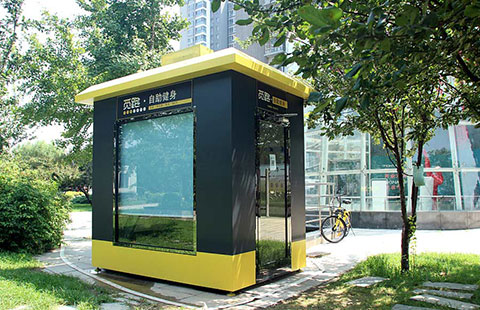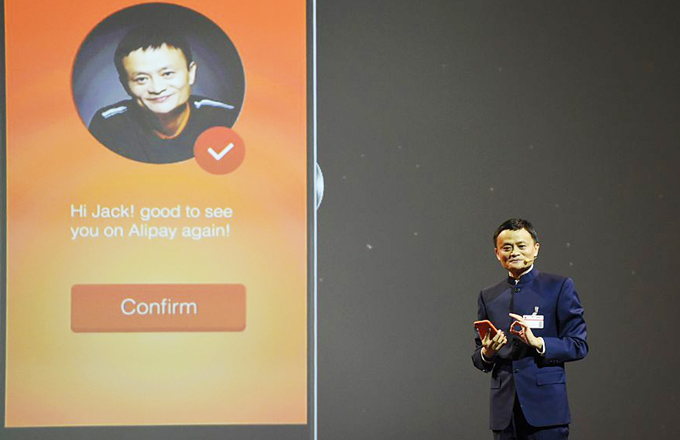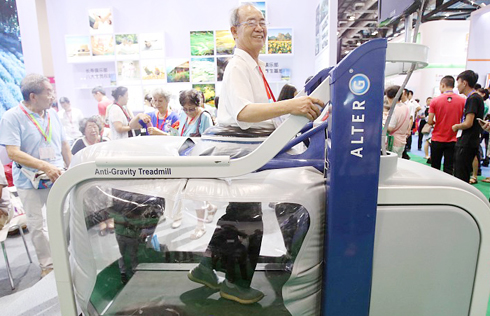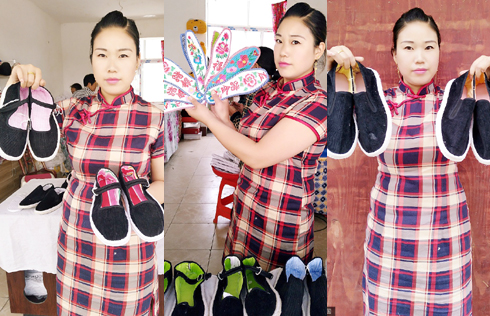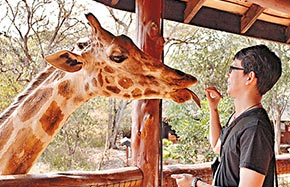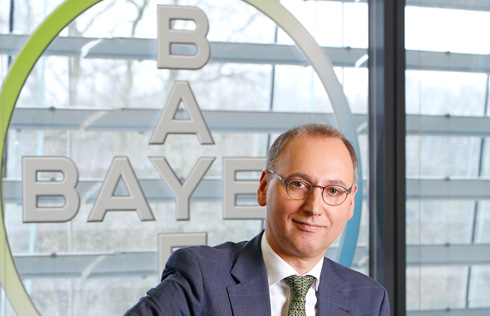July car sales hit five month low
 |
|
Workers check cars at Chinese automaker Chery's production line in Wuhu, Anhui province. WU HE / FOR CHINA DAILY |
End-2016 rush hits 2017 statistics, but CAAM maintains targets, Li Fusheng reports.
China sold 1.97 million cars in July, a five-month low, and the situation is not expected to improve soon, according to the country's leading industry association.
July sales were up 6.2 percent from the same month last year, according to the China Association of Automobile Manufacturers.
This brought sales in the first seven months of the year to 15.32 million vehicles: 4.1 percent growth year-on-year, which is 5.7 percentage points lower than the same period last year.
The association predicted that growth in the third quarter will be even slower than in previous periods. Analysts said that would make it hard for China's car sales to achieve the association's growth goal of 5 percent for the year.
The CAAM has not adjusted its estimate, but Ye Shengji, the association's deputy secretary-general, has toned down its optimism, saying a growth rate from 3 percent to 5 percent would be reasonable.
"China's car sector is yet to reach its peak, so it is normal to see some fluctuations as it evolves," said Ye.
"As you know, because of the favorable purchase tax, the market grew 14 percent year-on-year in 2016, and the abnormally high growth has had some effect on the performance this year."
The policy was introduced in late 2015, aiming to boost car sales by halving the purchase tax on cars with engines at or below 1.6 liters. Before it expired by the end of last year, the policy was believed to have encouraged millions of people to speed up their purchases, with a large proportion seen in the second half of 2016.
That means it would be tough for car dealers in coming months to catch up, let alone exceed their sales in the same period last year.
Consulting firm LMC Automotive Shanghai estimated that China's car market would struggle to see a growth rate of 2 percent this year.
Passenger cars
Sales of passenger cars-which accounted for the absolute majority of car sales in the country-stood at 1.67 million vehicles in July, also a five-month low. In the first seven months of the year, sales totaled 12.93 million, 2 percent growth year-on-year. Even this meager growth was impossible without soaring SUV sales, which have not changed since the start of the year. Statistics from the CAAM show that from January to July, 5.21 million SUVs were sold, a 17 percent rise year-on-year.
All other segments sedans, multipurpose vehicles and minivans saw sales fall, ranging from 2.8 percent to 26.3 percent.
Some good news is that many organizations, including investment bank Jefferies, expect SUVs to continue their growth trend for a while.
Jefferies' statistics show that in the first half of the year SUVs accounted for 40.2 percent of passenger car sales in China, while in the US they (including pick-ups) constituted 61.9 percent of the total.
Compared with passenger cars, commercial cars are another story altogether. In July nearly 300,000 such cars were sold, soaring 18.4 percent year-on-year.
This brought January to July sales up to 2.39 million vehicles, 17.5 percent growth from the same period last year.
New energy cars are the fastest-growing segment so far. Some 56,000 such vehicles were sold in July, a 55 percent surge from the same month 2016. Chen Shihua, an assistant to the CAAM's secretary-general, said it was the highest growth seen this year.
From January to July, 250,000 new energy cars were sold, up 21.5 percent year-on-year. The CAAM estimated new energy car sales could hit 700,000 vehicles this year. Despite a wide gap, the organization has not revised its estimate.
Xu Haidong, another assistant to the organization's secretary-general, said the target is within reach because sales usually grow faster in the latter half of the year, a pattern that was seen in the past two years.




